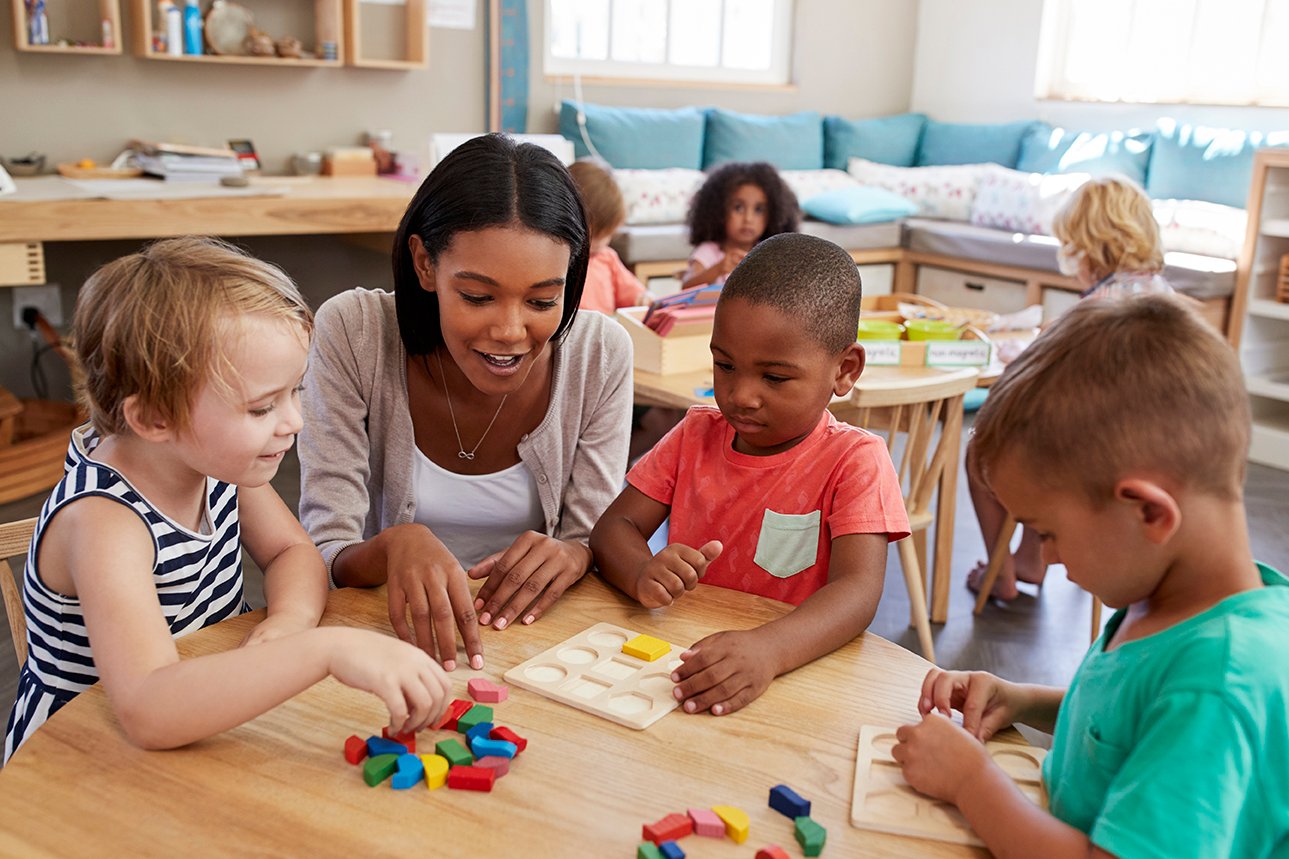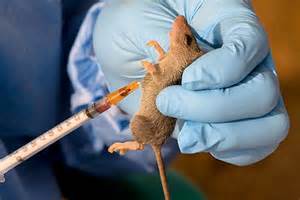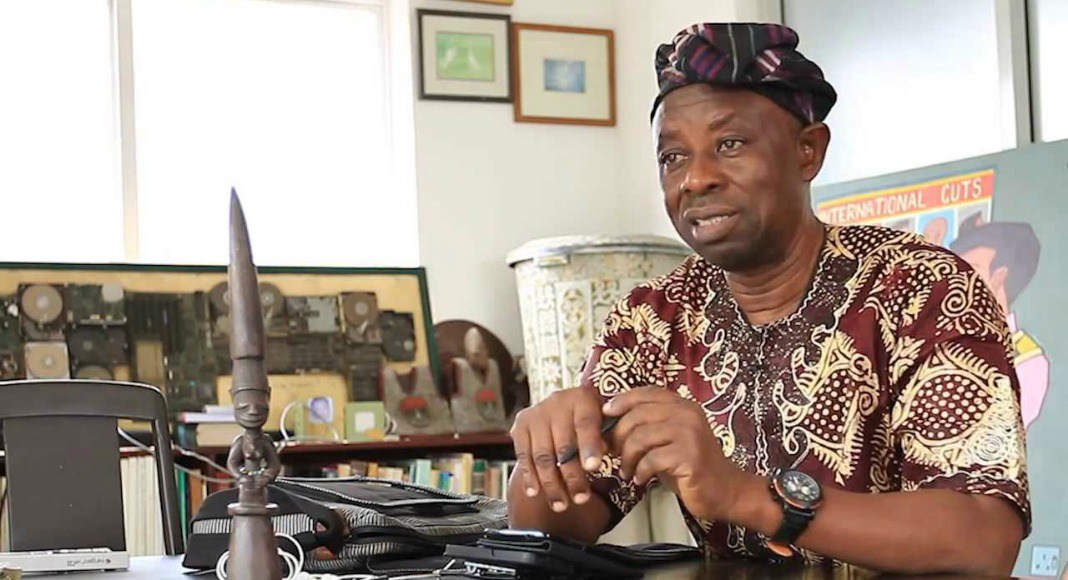Teacher And Pupils Using Wooden Shapes In Montessori School
In the first part of this series titled, unrealistic expectations for some preschoolers, the dangers of early pedagogy for children in their earliest ages were highlighted.
Play based preschools which infuses academic into play might be the solution – a combination of child and tear her led instructions. This might placate parents who think preschoolers benefit from academic work and fit the goal of child appropriate learning.
Finding the balance
Helge Wasmuth, a USA based professor of early childhood and childhood education weighs in on the discourse of intense academic expectations for preschoolers and the importance of play based preschools on the UNESCO learning portal.
Advertisement
He says children learn best when they can move around.
Helge Wasmuth says there are tons of research that show children learn best when “they are active learners—when they can have hands-on experiences, when they can move around, when they can use their senses, when they can interact with children and adults in meaningful ways.”
Wasmuth says play based preschools focus on child-centred or child-guided activities, so the kids are able to direct their interests to a body of available learning subject.
Advertisement
“In play-based preschools, normally it’s not only about academics, it’s about the whole child. So it’s a much more holistic approach and we are focusing on the physical, socio-emotional, and of course cognitive development as well.”
Helge speaks about a balance – a developmentally approach to learning- which is infusing academic into play.
Implications of highly academic based preschool
Wasmuth says teacher-directed and highly academic instruction creates passive learning and memorization.
Advertisement
“That’s not how our children learn best… research shows very well that this kind of instruction, this kind of learning—maybe it’s successful in the short term, where we can see good results on tests if we have these kinds of programs that are focusing on the test—but in the long-term that’s not the kind of learning we would like to see here with the children. Because they don’t develop the skills they need: like creativity, like self-regulation, problem-solving,” Wasmuth said.
“This is all not achieved, or in my opinion it’s more difficult to achieve it, if you do more formal instruction.”
There is currently no evidence that preschoolers who perform well academically will continue to do so in higher classes.
As Ken-Iwatuje puts it, that’s the reason kids who have been stimulated age-appropriately are described as academic late bloomers when they outrun “early bloomers”. “They late bloomers are developing appropriately,” she said.
Advertisement
Arnold Gesell of the Gesell institute for child development, in one of his researches, “found that all children go on the same path of development; however, some go faster, some go slower, and all have spurts and setbacks along the way. The obvious example is the age that children learn to walk. Some children learn to walk as early as nine months, some as late as 15 months. But that is all normal and we all agree that the early walker is not a better walker than the later walker. A similar example is the age that children learn to read. Some children learn to read at age three or four years, others not until seven years or later. That range is quite normal. The most compelling part of the reading research is that by the end of third grade, early readers have no advantage over later readers. Some later readers even go on to become the top in their class. Reading early is not an indicator of higher intelligence. In fact, children at the top of their class in kindergarten only have a 40 percent chance of being at the top of their class at the end of third grade.”
What preschooler should be doing
Advertisement
Okonjo says children should be exposed to living and given time to explore and engage in their own learning.
“This takes a process and should not be rushed. The period of preschool is not a time to find out how fast a child can write numbers or letters, it is a time to make connections that will help them succeed in future,” she says.
Advertisement
“The most important things the preschooler needs to learn are the skills they need to live a well-rounded life in future. They also learn problem solving and communication skills.”
Advertisement
Okonji says numeracy is more than numbers sense. It includes shapes and measurements. And children could learn through various activities like sorting that math is more than number sense and skill. “Maths is not all about writing numbers to infinity, it is about making connections with the learned numbers”, she says and quickly adds “this must not be rushed”.
“Children should understand the concept of numbers before, between and after. They should be taught that the properties of shapes are more important than just the names.”
“Speaking and listening skills should be taught alongside letter sounds and blends in the literacy class. Children should learn correct pencil grip and letter formation. Reading and writing are skills that will be learnt however, this process takes time and it should have a concrete foundation.”
“Children must be exposed to nature – living and non living things and features of their environment. The use of ICT should not be limited to computers alone, children should be exposed to the different ways ICT is used in our community. They should also be encouraged to be creative by using media and other forms of creativity to express their thoughts and ideas.”
With support from Code for Africa.






